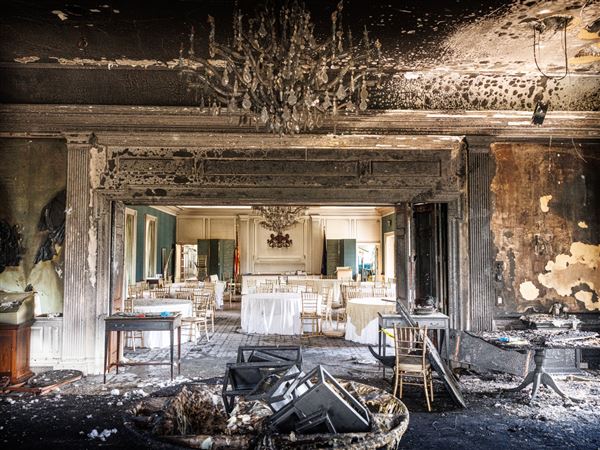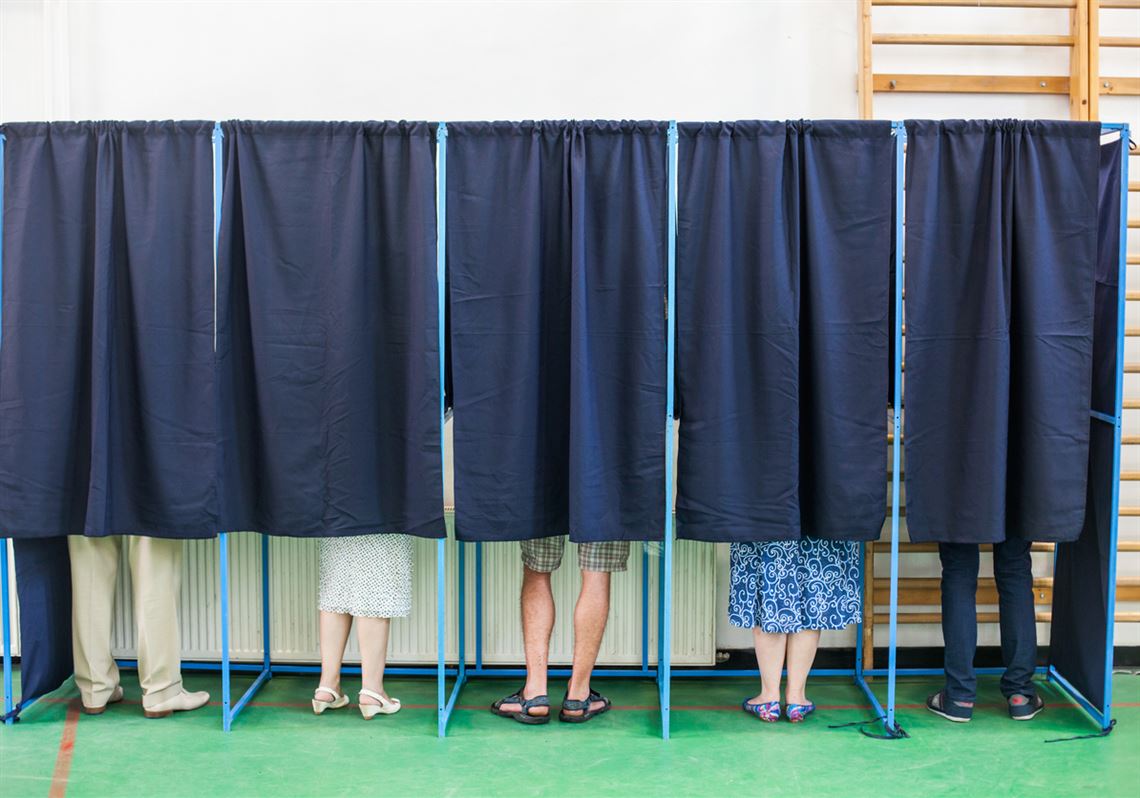Jay Cost, a contributing opinion writer to the Post-Gazette and a contributing editor to The Weekly Standard, lives in Butler County (JCost241@gmail.com).
•
More than a year after the 2016 election, people are still left wondering, what the heck happened? The professional pundit class has been obsessing over this question since the race was called. Hillary Clinton herself even offered an explanation-cum-defense of her failed campaign.
Clinton supporters saw the results as the triumph of racism, xenophobia and especially sexism — the rise of “the deplorables.” Trump supporters, on the other hand, saw the election as the vindication of the people over the powerful. Here was a plain-talking outsider who won on a promise to return America to its old greatness.
But maybe these explanations are over-interpretations. Maybe the country was not making some grand statement signifying either its virtue (as the Trump supporters would put it) or its vice (as the Clinton backers would have it).
That is the argument of “Unstable Majorities: Polarization, Party Sorting and Political Stalemate,” a new book by political scientist Morris Fiorina of Stanford University. Mr. Fiorina is not your typical pundit — you won’t see him on Fox News or MSNBC — but for nearly 40 years he has been one of the nation’s top scholars.
On the matter of 2016, Mr. Fiorina’s insights are profound. The pundits, he alleges, have made a category error by assuming that, because they themselves were struck by the import of the 2016 election, the voters at large similarly were. That need not have been the case. Instead, he notes “[C]onsequential elections do not require electoral upheavals; even small changes in the vote can produce major changes in institutional control and the direction of public policy.”
Mr. Fiorina observes that the shift in the presidential vote from 2012 to 2016 was extremely slight on a national level. What produced the consequential result was where it occurred — mostly in crucial Midwest states. A shift of just 39,000 votes in Michigan, Pennsylvania and Wisconsin would have given Clinton the presidency. Voters who switched from Democrat in 2012 to Republican in 2016 were, he claims, expressing a general frustration with the status quo.
Why the disconnect between what actually happened and what the pundits think? Mr. Fiorina chalks it up to the differences between the elites and the mass public. For instance, the overwhelming majority of Americans do not watch cable news; Nickelodeon gets better primetime ratings than CNN, he sardonically notes. “Statistically normal people,” he argues, pay “little attention to politics” and are easily overlooked. The people who dominate the national conversation — the “candidates, self-appointed activists, donors, demonstrators, partisan media commentators and other people who are deeply involved in politics” — are a tiny minority whose views don’t reflect those of the whole.
If we accept Mr. Fiorina’s conclusion, then the over-interpretation of Mr. Trump’s win is just one manifestation of a bigger disjuncture inherent in our politics. This is supposed to be a republic — a government of the people, by the people and for the people. But, in practice, our system is highly responsive to the needs and interests of a tiny, active minority, with the overwhelming majority of Americans largely disconnected from matters of statecraft.
This is exactly what the Founding Fathers did not want. The system of government they designed was one ultimately resting on popular consent, rather than some permanent elite. Even so, James Madison — heralded as the “Father of the Constitution” — worried about losing the substance of republican government even as we keep the form. The people, in this nightmare scenario, could still vote, but a small governing elite would effectively capture politics for their own purposes.
Unfortunately, we have something like this today. The competition for power among elite factions on the left and the right, while fierce, does not really reflect the broader concerns of the nation. The people at large are spectators, and mostly frustrated ones at that, watching a process over which they have little control.
So pervasive is this tendency in our politics that it not only influences what gets done and what doesn’t, but, in the case of the 2016 election, how events are interpreted.
First Published: January 14, 2018, 5:00 a.m.















